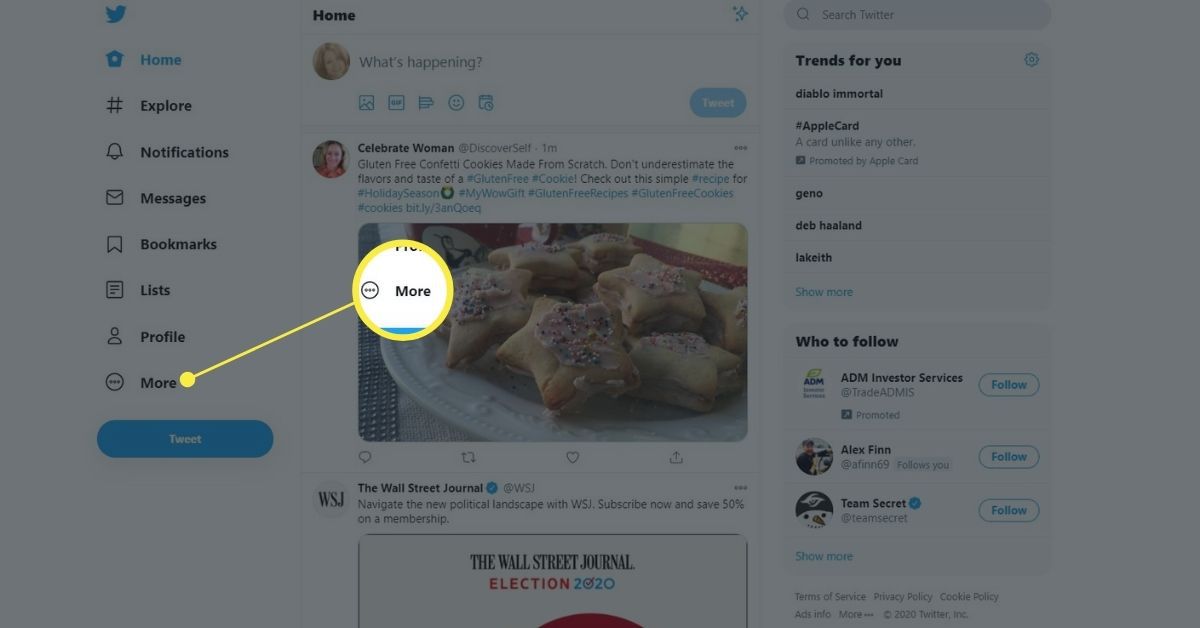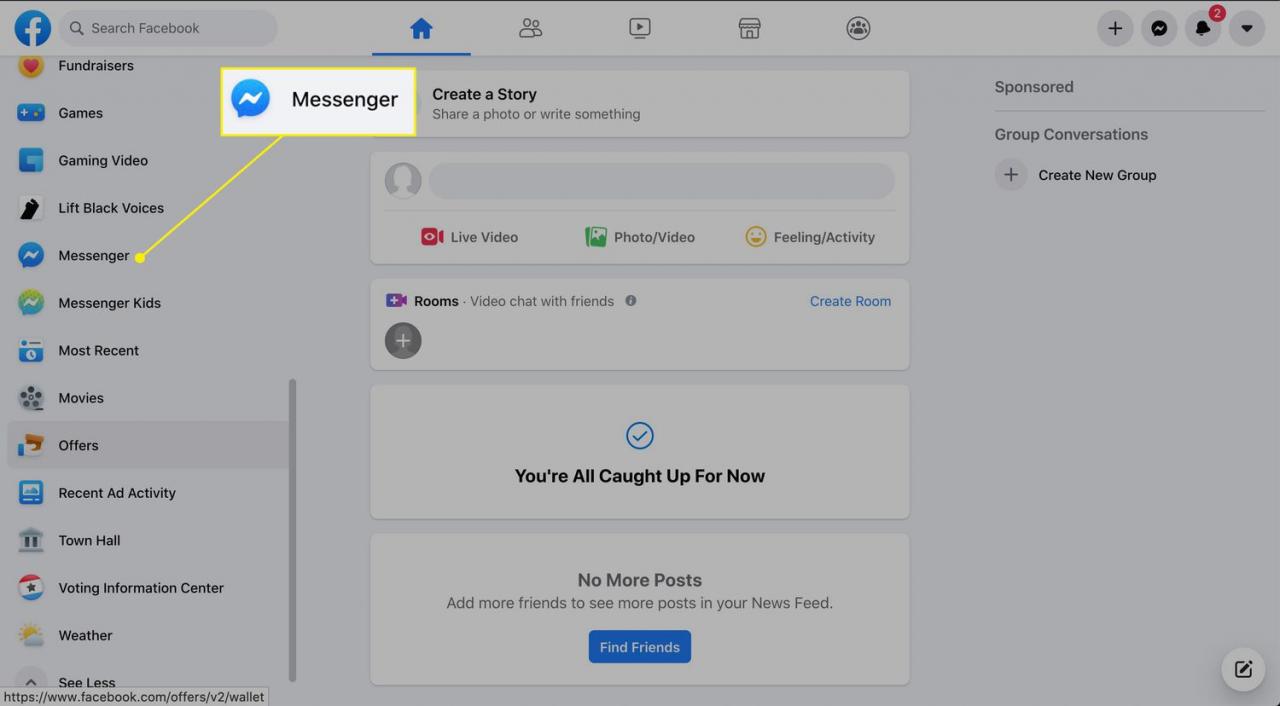
The best rates for high-yield savings accounts are above 5%, supplying savers with the highest yields in more than 15 years. If the Fed’s financial projections are anything to go on, they may not have peaked.
Ten consecutive rate walkings by the Federal Reserve sent cost savings rates soaring in 2022 and this year. And while the Fed held rates consistent at its newest meeting, the reserve bank looks poised to raise rates a couple of more times this year, giving savers hope of even greater yields later on this year.
The Best Savings Account Rates Are at Record Highs
Rates of interest for high-yield cost savings accounts depend heavily on the federal funds rate, which the Federal Reserve sets at eight policy conferences a year. As inflation escalated in 2022, the Federal Reserve started a campaign of aggressive rate walkings to raise the cost of borrowing and slow consumer costs. Inflation reached a 40-year high last June, but a series of seven rate increases last year and another 3 so far this year– bringing the federal funds rate from 0-0.25% in March 2022 to 5-5.25% today– have actually coincided with a decline in the speed of inflation.
When the federal funds rate boosts, the interest rates that banks and credit unions pay on cash that they hold often rises. Unsurprisingly, then, high-yield savings accounts have actually also seen rates skyrocket in the last 15 months.
In the first two months of 2022, the greatest rate of interest for a nationwide savings account was just 0.70% APY. Since this month, the highest rate in our day-to-day ranking of the very best cost savings account rates is 5.12%, offered by CFG Bank. Another seven banks provide cost savings accounts with rate of interest of 5.00% or more.
| Today’s Top 5 Savings Account Rates on Nationally Available Accounts | ||
|---|---|---|
| Institution | Today’s Rate | Minimum Ongoing Balance |
| CFG Bank | 5.12% APY | $1,000 |
| TotalDirectBank | 5.07% APY | $2,500 |
| Salem Five Direct | 5.01% APY | $0.00 |
| DollarSavingsDirect | 5.00% APY | $0.00 |
| Newtek Bank | 5.00% APY | $0.00 |
It’s essential to keep in mind that the rates listed above are outliers compared with the nationwide typical cost savings rate, which is just 0.40%. The average interest rate for a cost savings account is low since a lot of the nation’s biggest banks pay nearly absolutely nothing on these accounts.
Even the typical savings yield is the highest since the FDIC began to release this information in 2009, and it is several times greater than the 0.06% average before the most recent set of rate walkings.
Will Savings Account Rates Go Up This Year?
In spite of skyrocketing in the last 15 months, leading savings account rates might climb even more this year if the Fed raises rates once again, which it appears likely to do.
Half of Fed policymakers believe interest rates must reach a series of 5.5-5.75% this year, according to the central bank’s latest dot plot, a graphic representation of each Federal Open Market Committee (FOMC) member’s opinion of proper financial policy. That suggests a minimum of another 50 basis point rate trek or two hikes of 25 bps.
Most of federal funds futures traders, for their part, are anticipating another rate hike at the Fed’s next conference in July, according to CME’s FedWatch Tool.
Could Savings Account Rates Go Down This Year?
Absolutely nothing is guaranteed. Rising rates of interest have actually already added to the collapse of three local banks, frozen the real estate market, and nudged up the joblessness rate from last year’s historic lows. Unanticipated shocks in the banking sector, property market, or labor market could require the Fed to hold or cut rates.
A small portion of traders predict at least one rate cut, if not two, by the end of the year. And more than a third anticipate rates to be the exact same in December as they are today. If either of those predictions concerns fruition, cost savings rates would likely fall in action to a less limiting Fed.
Each Federal Reserve choice is made independently and based upon the best data it has available. Unanticipated advancements in financial news can have unpredicted effects. So it’s best to take predictions of Fed rate moves with a big grain of salt, particularly when the next choice is still many weeks ahead.
Lock in High Yields With a Top-Paying CD
Considering that it’s uncertain for how long today’s best savings yields will last, a smart strategy is to siphon off a portion of your cost savings that you can handle without for a long time and deposit it in a certificate of deposit. With a CD, you can secure one of today’s remarkable yields from our everyday ranking of the very best CD rates, and it will be guaranteed throughout of your CD.
The most common terms range from three months approximately 5 years. If, for circumstances, you understand you can live without some of your money for a year, consider shifting it into a 12-month CD, where you’ll enjoy today’s rates even if the fed funds rate goes down.
The bank where you have a savings account can drop your interest rate whenever it wants. It’s finest to decide to move on a leading rate, and not fret about finding the perfect peak rate.
Rate Collection Methodology Disclosure
Every organization day, Investopedia tracks the rate information of more than 200 banks and cooperative credit union that offer CDs and cost savings accounts to clients nationwide, and figures out daily rankings of the top-paying accounts. To receive our lists, the organization should be federally insured (FDIC for banks, NCUA for cooperative credit union), and the account’s minimum initial deposit must not go beyond $25,000.
Banks must be offered in at least 40 states. And while some cooperative credit union need you to contribute to a particular charity or association to end up being a member if you do not meet other eligibility criteria (e.g., you do not reside in a specific area or operate in a certain kind of job), we omit credit unions whose contribution requirement is $40 or more. For more about how we choose the best rates, read our complete method.












